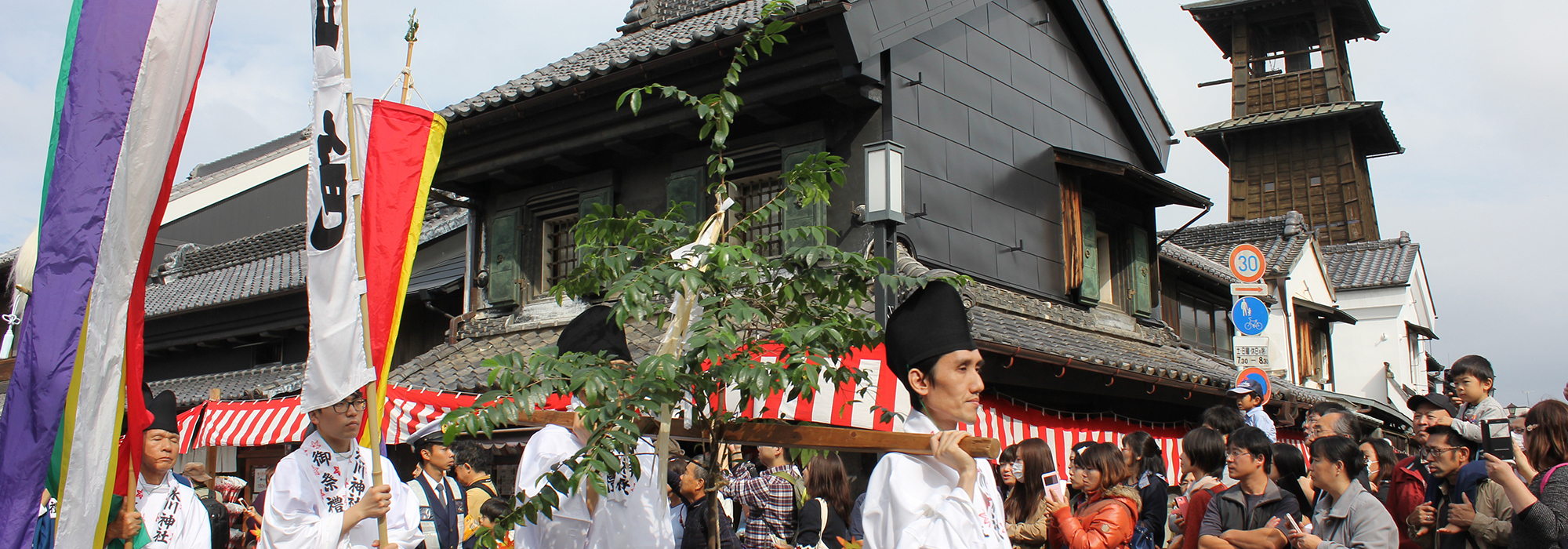
Feature part2
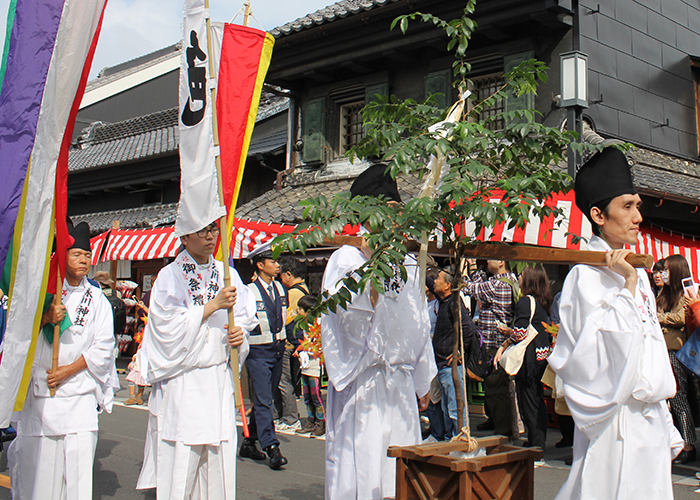
Feature part2
Go and See Kawagoe-matsuri from Edo Days
Go and See Kawagoe-matsuri
from Edo Days
It features impressive floats called dashi that parade through the town and face each other in performance “battles” of the hayashi music.
In order to fully enjoy the festival, here is some in-depth information about the festival’s distinctive traits, schedule and access.
We learned about the keys to enjoying the festival more from local experts
--
Local experts: Mr. Isamu Yazawa, a scholar of Dashi float and Ritual, Mr. Jiro Utsugi, Chief of Kawagoe City Hayashi Association
What we recommend most to those who first visit Kawagoe Matsuri is Jinko-sai. This is the highlight of the festival and a must-see.
Kawagoe Matsuri starts from Jinko-sai, but it is recommended to see both days of the festival, Saturday and Sunday. Actually, Kawagoe City Office owns one float, and that a municipality office has a float is very rare. Children in the city carry it now, but we hope foreign tourists will experience carrying it.
What brings the reality of the Edo era back to life is the Kawagoe-matsuri. You can feel the atmosphere of Edo from all you can see and hear. Why not try comparing the styles of hayashi festival music? Also, an app that shows the whereabouts of each float is convenient and downloading it is recommended.
--
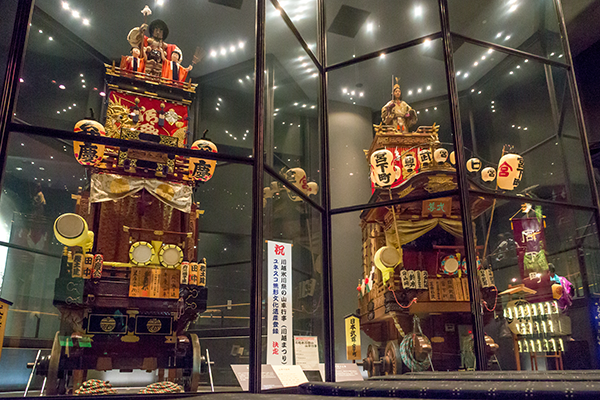
Two of the dashi floats stored in the Kawagoe Festival Museum
Standing about eight meters tall and with an average weight of three tons, these floats have big wooden wheels that allow them to be pulled through the streets of Kawagoe by ropes.
They have a two-story structure with the lower stage housing six hayashi performers and above them a square platform decorated with bright curtains.
On the very top sits the dashijirushi (出し印), a doll that’s about the size of a person.
These dolls represent historical figures and characters from folk tales and Noh theater and each dashi is named after its doll.
The dolls are not just ornamental.
They are the yorishiro (依代), the object in which the spirit of the gods is resides. During the festival the gods are said to come down from the heavens and take part in the festival from inside the dolls.

A dashijirushi doll
The doll can be lowered into the square structure that supports it. Then, the doll and structure together can slide further into the lower part, reducing the float’s height by half.
This collapsible system is called odamaki and was developed so the dashi could be carried in and out of the Edo Castle gate.
It works with two handles that are turned to wind the ropes that lower or raise the platforms.
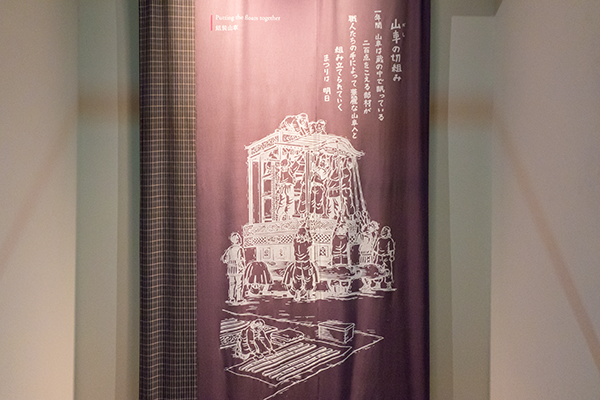
Depiction of the townsfolk assembling a float
The dashi also features a revolving stage called mawaributai (回り舞台).
While the float’s wheels and supporting structure remain fixed, the whole upper part can rotate 360 degrees.
This allows the floats to turn and face each other when they cross paths without having to maneuver the wheels.
The mawaributai was introduced in 1901 so that musicians could faster start performing the hayashi.

The revolving platform
The dashi have no steering wheel or brakes. It takes about 50 people to pull, maneuver, and direct them.
To change the direction of the float, the person in charge sticks a wooden or metal bar under the wheels to steer them little by little.
Other people climb on top of the floats to clear obstructions, and a director uses wooden clappers to signal the crew to pull the rope.
In total, one dashi group alone can be composed of 100-200 people including young, old, men, women and children.
The great team effort that goes into operating a dashi is an extraordinary sight in itself.
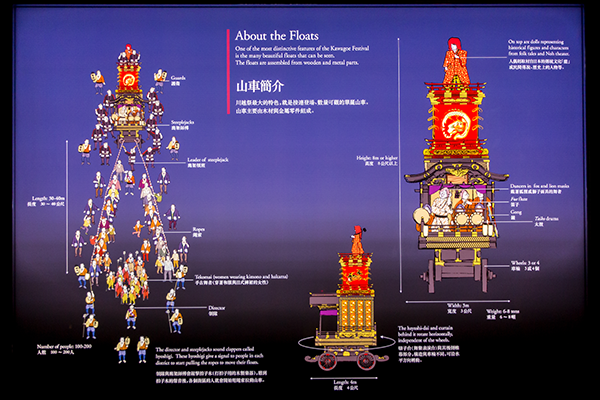
Details of a dashi float
Some dashi floats are of recent construction and some date back to the Edo period. These floats are priceless, since some of the materials used to construct them can’t even be found anymore. The oldest float currently in use is the Raryo-o dashi owned by the Naka-cho district. It was built in 1861 and took two years to complete.
There are currently 29 floats in total, 28 of which are owned by the different neighborhoods of Kawagoe. They are stored, maintained and operated by the people of that neighborhood. One unusual float is actually owned by the Kawagoe City Hall and during the festival it’s pulled by children. On average, 15-20 floats participate in the festival each year. Seeing all 29 floats is a rare thing that happens about once every 10 years.
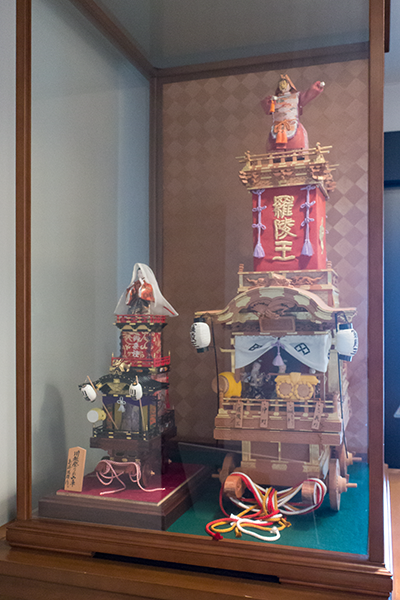
A model of the Raryo-o dashi
in the Kawagoe Festival Museum

A model of the Raryo-o dashi in the Kawagoe Festival Museum
The instruments are a flute (which is usually the lead), a big drum, two small drums, and a hand bell.
There are different schools of hayashi and you’ll find that some groups have a more upbeat style, while others have a slower tempo.
The same song can sound completely different depending on the school.
Each dancer also wears a unique mask and outfit, so the more you see the more fun it is.
Listening to the different styles of music of each float is part of the draw of the festival.
The three main events are the Jinkosai, the Yoiyama and the Hikkawase.
During the Jinkosai, the spirits of the gods enshrined in the Hikawa-jinja Shrine are transferred into a mikoshi (portable shrine) and paraded through town.
The procession starts at the Shrine, goes through townscape of Kurazukuri and then goes back through a parallel road, passing in front of the City Hall before returning to the shrine. The mikoshi opens the parade, followed by the dashi floats.
The Jinkosai has been held for over 370 years and it is the origin of the Kawagoe Festival.

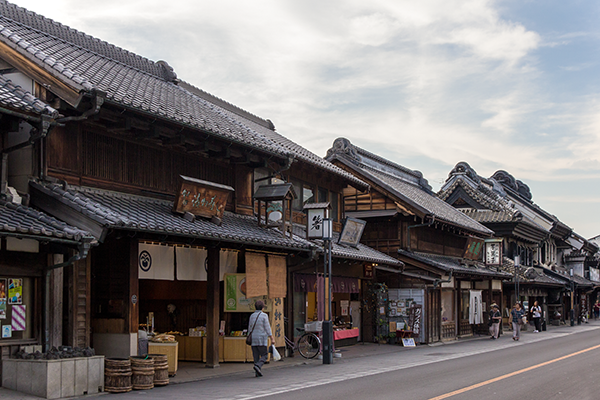
Edo period traditional buildings

Hikawa Shrine

Townscape of Kura-zukuri with Edo period traditional buildings
TIP: The best way to enjoy this part of the festival is to find a good spot along the route. This way you’ll be able to see all the floats pass by.
Being held during the day, the Jinkosai offers great views of the floats with the traditional buildings of Kawagoe in the background, so is Townscape of Kura-zukuri the most popular spot to view the parade.
The Yoiyama offers a completely different look and atmosphere. On the night of the first day, the dashi are lit up by lanterns and take their respective places throughout the town, performing the hayashi.
This is the best chance to enjoy the traditional music.
TIP: Try to move around and see as many floats as you can.
There are many different schools of hayashi and during the Yoiyama you’ll get the chance to listen and compare all the different styles.
Finally, this is the most popular and lively part of the Kawagoe Festival.
During the Hikkawase each dashi float parades around town independently. When two or more cross paths they are turned to face each other, and they compete in animated hayashi performances.
It's not a real competition; in fact it resembles more a jam session. It’s a way to greet each other and build up excitement.
On the float, the hayashi performers give their everything while on the ground dozens of people shake their lanterns, cheering. The turning of the magnificent floats is a sight to behold.
TIP: This is usually the most popular time of the festival. It might be hard to locate the floats, as each of them follow their own route and the meeting points are somewhat random.
Big crossroads are the most crowded, especially along.
Move around, try a few different spots, and follow the sound of the hayashi to find the floats.
You can also download this app that shows where each float is in real time.
*The schedule may be subject to changes. Be sure to check the Kawagoe Festival’s official website for the updated schedule.
Other Information
From Ikebukuro: take the Tobu Tojo Line and get off at Kawagoe Station (approx. 30 minutes).
From Shinjuku: take the JR Saikyo Line Rapid bound for Kawagoe and get off at Kawagoe Station (approx. 50 minutes).
If you’re coming from Ikebukuro, the Tobu Tojo Line offers a discount pass that will get you from Ikebukuro to Kawagoe Station and back for 700 yen (360 yen for children).
You can purchase it directly at the Tobu Tojo Line counter in Ikebukuro Station.

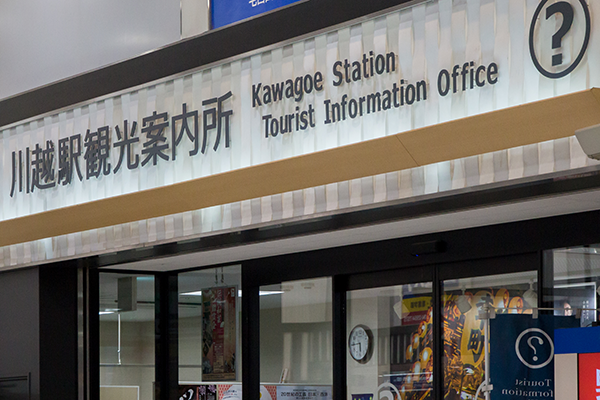


You can get a map and information about the festival at the Tourist Information Office inside Kawagoe Station and Hon-Kawagoe Station, the Nakacho Tourist Information Center and the Kawagoe Festival Museum.
Free Wi-Fi spots and public toilets are also available throughout the city.
Due to the large crowds it can take some time to reach the festival area by foot.
Arriving a little early will allow you the time to get where you want and enjoy the festival stress-free.
I’ll enjoy the festival on the day, while paying attention to the local people’s energy.

 About/History
About/History